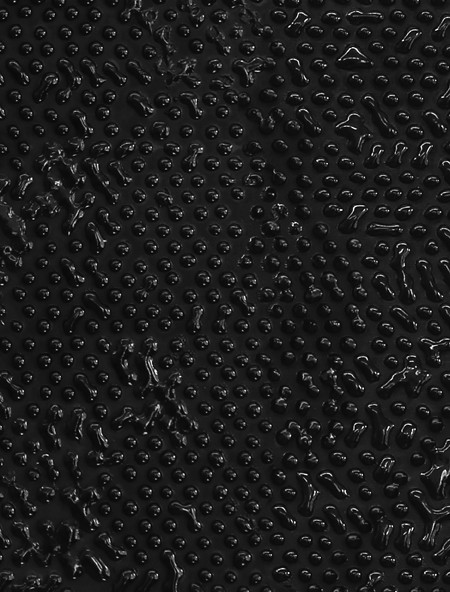Samira Hodaei
Cinema Europe
24 May - 17 Jun 2018
SAMIRA HODAEI
Cinema Europe
24 May – 17 June 2018
Iranian artist SAMIRA HODAEI is presenting her latest ensemble of work, developed in Berlin and entitled Cinema Europe, at Künstlerhaus Bethanien. This represents the outcome and visual expression of her continued observations of border areas between public, private and abandoned architectural spaces and their influence on the existential reality of those people who have been linked with them.
Hodaei’s installation, which combines everyday objects and painting, comprises an empathic reminiscence about “Cinema Europe”, a film theatre opened at the heart of Teheran in 1968 and known all across the country; it was one of the biggest cinemas in a nation of film-enthusiasts.
Due to the difficulties in film production under the political conditions of the new age, censorship, the banning of foreign films, and a devastating fire, the once so lively centre of cultural exchange now faces imminent demolition. In Berlin Samira Hodaei collected together old cinema seats made of wood and installed them together with a “big screen” made using black chadors (the cloths with which women in Iran veil themselves in public) in the exhibition space; a flickering light projection offers a reminder of the light from the projectors long since extinguished in “Cinema Europe”. The ensemble is supplemented by small-format paintings, produced using a specific painting technique developed by Hodaei: the artist uses glass paints from Iran or Turkey and dabs them directly from the tube onto the carrier, so that her characteristic women’s portraits emerge from the pixel-like dots.
With her highly impressive symbolic reconstruction of the cinema, Hodaei has created a universal space of remembrance in Berlin – a decidedly artistic manifestation against forgetfulness, and for coming together and free exchange between people all over the world.A catalogue is appearing for the exhibition, with numerous illustrations, an essay by Christoph Tannert, and an interview with the artist by Arsalan Mohammed.
Cinema Europe
24 May – 17 June 2018
Iranian artist SAMIRA HODAEI is presenting her latest ensemble of work, developed in Berlin and entitled Cinema Europe, at Künstlerhaus Bethanien. This represents the outcome and visual expression of her continued observations of border areas between public, private and abandoned architectural spaces and their influence on the existential reality of those people who have been linked with them.
Hodaei’s installation, which combines everyday objects and painting, comprises an empathic reminiscence about “Cinema Europe”, a film theatre opened at the heart of Teheran in 1968 and known all across the country; it was one of the biggest cinemas in a nation of film-enthusiasts.
Due to the difficulties in film production under the political conditions of the new age, censorship, the banning of foreign films, and a devastating fire, the once so lively centre of cultural exchange now faces imminent demolition. In Berlin Samira Hodaei collected together old cinema seats made of wood and installed them together with a “big screen” made using black chadors (the cloths with which women in Iran veil themselves in public) in the exhibition space; a flickering light projection offers a reminder of the light from the projectors long since extinguished in “Cinema Europe”. The ensemble is supplemented by small-format paintings, produced using a specific painting technique developed by Hodaei: the artist uses glass paints from Iran or Turkey and dabs them directly from the tube onto the carrier, so that her characteristic women’s portraits emerge from the pixel-like dots.
With her highly impressive symbolic reconstruction of the cinema, Hodaei has created a universal space of remembrance in Berlin – a decidedly artistic manifestation against forgetfulness, and for coming together and free exchange between people all over the world.A catalogue is appearing for the exhibition, with numerous illustrations, an essay by Christoph Tannert, and an interview with the artist by Arsalan Mohammed.

